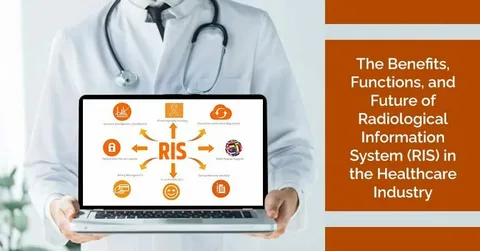Radiology Information System Workflow
Optimizing your Radiology Information System (RIS) workflow starts with eliminating unnecessary guide approaches and making sure all systems paintings collectively seamlessly. Begin by way of integrating your RIS with other vital structures along with Electronic Health Records (EHR) and Picture Archiving and Communication Systems (PACS).
This allows patient information, imaging consequences, and ancient information to be accessed in a single location, saving time and decreasing the danger of facts entry errors. Automated appointment scheduling is every other key step, supporting you assign slots primarily based on modality availability, patient precedence, and staff schedules.
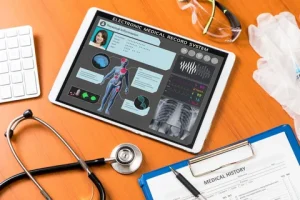
Not handiest does this reduce ready times for sufferers, but it additionally maximizes the usage of your imaging system in Radiology Information System Workflow. Setting up smart reporting templates for not unusual procedures can similarly enhance efficiency through standardizing file formats, slicing down repetitive responsibilities, and permitting radiologists to consciousness on correct diagnoses as oposed to administrative work.
Beyond integration and automation, continuous tracking of workflow overall performance is crucial for ongoing development. Real-time tracking equipment inside your RIS can spotlight bottlenecks, including delays in picture acquisition or record approval, permitting your team to take immediately corrective motion. Analytics capabilities are similarly treasured, imparting insights into turnaround times, workforce productivity, and equipment usage patterns.
1. Streamline Patient Data Entry:
Reduce manual entry by integrating RIS along with your health center’s EHR device in Radiology Information System Workflow. This guarantees affected person info flow automatically, reducing down on mistakes and saving precious time. Streamlining patient records entry in a Radiology Information System (RIS) way making the method quicker, simpler, and extra correct so your crew spends less time on paperwork and greater time on patient care.
One of the exceptional methods to do this is by using integrating your RIS together with your health facility’s Electronic Health Records (EHR) gadget. When these systems are connected, patient information like name, age, medical records, and former imaging consequences can mechanically flow into the RIS without guide typing. This reduces the hazard of mistakes, prevents duplication, and saves treasured minutes with every case.
Using barcode scanners for patient IDs or clinical documents can also accelerate the system, ensuring the right information is linked to the proper affected person every time. In addition to integration, putting in pre-filled paperwork and standardized information fields could make facts access even smoother.
For example, drop-down menus for common processes, referring physicians, or experiment kinds assist staff complete bureaucracy quick and continuously. Training your crew on those tools is similarly important so absolutely everyone makes use of the identical manner, maintaining statistics clean and organized.
When patient information is entered correctly and effectively from the begin, it accelerates the entire radiology workflow—from scheduling appointments to generating reports—main to faster diagnoses and a better revel in for both group of workers and sufferers.
2. Automate Appointment Scheduling:
This minimizes delays and improves affected person pleasure . This minimizes delays and improves patient pride. Use RIS features to automobile-assign slots primarily based on affected person precedence, modality availability, and group of workers schedules. Automating appointment scheduling in a Radiology Information System (RIS) makes reserving scans and strategies faster, extra accurate, and much less demanding for each personnel and patients.
Instead of manually checking calendars and availability, the RIS can mechanically assign time slots primarily based at the kind of test, the to be had machines, and the operating hours of the team of workers in Radiology Information System Workflow. It can also prioritize urgent instances and ensure that the proper specialist and system are available while wished.
This not only saves time for the administrative team but also reduces scheduling conflicts and affected person wait times in Radiology Information System Workflow.
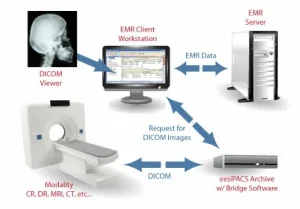
Patients may even get hold of instant booking confirmations and reminders thru electronic mail or SMS, which allows minimize no-shows. An automatic scheduling machine also affords a clean view of each day and weekly workloads, making it simpler to stability appointments and avoid overbooking. It can speedy modify to ultimate-minute modifications, such as cancellations or emergency instances, by way of filling open slots with waiting sufferers.
Integration with the EHR and PACS way that when an appointment is booked, all the related affected person records and imaging requests are prepared for the radiology group in advance. By letting the RIS manage these scheduling responsibilities, you create a smoother, more organized workflow that improves efficiency, reduces strain for personnel, and promises a better normal revel in for sufferers.
3. Enhance Image and Report Access:
Link RIS with PACS so radiologists can get admission to photos and former reviews immediately from one dashboard, speeding up analysis and remedy making plans. Enhancing photograph and file get admission to in a Radiology Information System (RIS) method making it quicker and less complicated for radiologists, doctors, and body of workers to locate the information they need.
By connecting the RIS with a Picture Archiving and Communication System (PACS), images and related reports may be regarded right away from one area, without having to interchange between unique software or search via a couple of files in Radiology Information System Workflow. This saves valuable time, particularly in pressing instances wherein every minute topics in Radiology Information System Workflow.
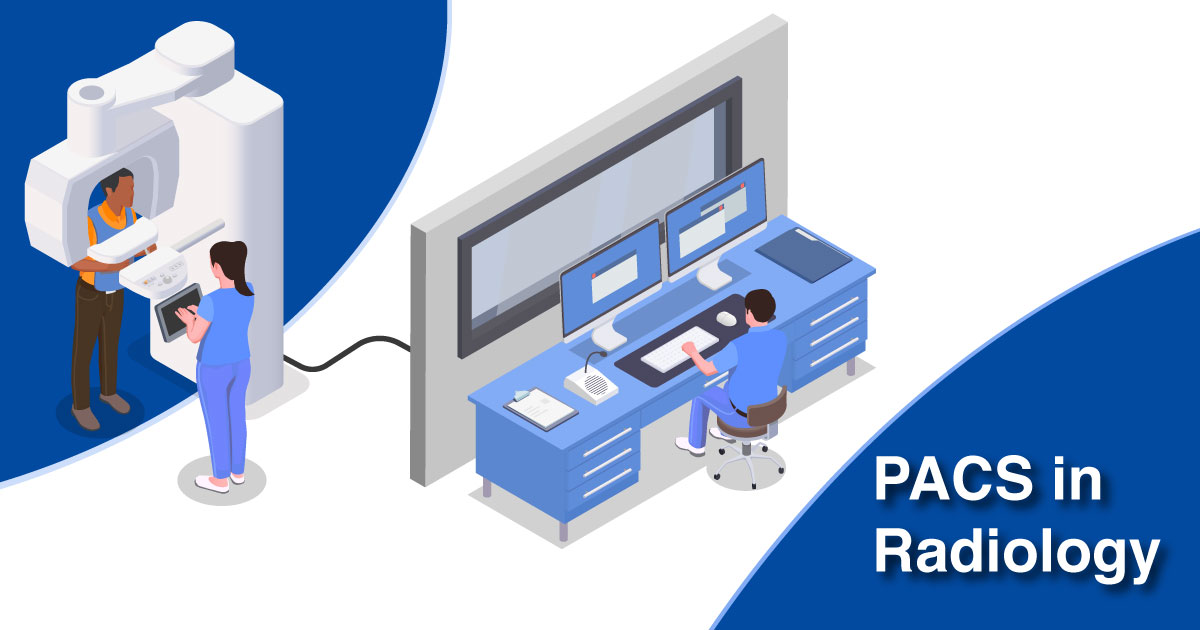
Having past photographs and reviews conveniently available additionally enables medical doctors examine effects, tune modifications, and make greater correct diagnoses. Improved get right of entry to additionally blessings patient care by means of speeding up the overall process.
For instance, as soon as an photograph is taken and uploaded, the radiologist can view it right now, add their findings, and share the file with the referring health practitioner in actual time in Radiology Information System Workflow.
This reduces delays in treatment and ensures that sufferers get timely updates about their circumstance. When all pix, reviews, and affected person details are saved in a single steady, prepared device, the workflow will become smoother, selections are made faster, and the risk of lost or out of place facts is significantly reduced.
4. Set Up Smart Reporting Templates:
Create customizable templates for not unusual scans. This reduces repetitive typing, guarantees steady reporting standards, and lets in radiologists to focus on analysis in preference to formatting. Enhancing photograph and file get right of entry to in a Radiology Information System (RIS) means making it quicker and less difficult for radiologists, docs, and group of workers to find the records they need.
By connecting the RIS with a Picture Archiving and Communication System (PACS), pictures and related reviews can be considered immediately from one place, without having to switch between exclusive software or seek thru multiple documents. This saves treasured time, mainly in pressing cases where every minute subjects.
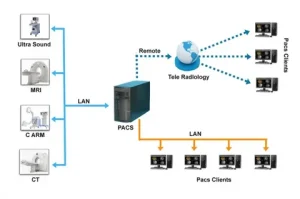
Having past pics and reports with ease to be had also helps doctors compare effects, song changes, and make extra correct diagnoses. Improved get entry to additionally blessings affected person care through dashing up the general method. For example, as quickly as an photo is taken and uploaded, the radiologist can view it immediately, add their findings, and share the report with the referring physician in real time.
This reduces delays in remedy and ensures that sufferers get timely updates approximately their circumstance. When all pix, reports, and patient information are stored in one stable, organized machine, the workflow becomes smoother, choices are made quicker, and the danger of lost or out of place information is significantly decreased.
5. Use Real Time Workflow Monitoring:
Track case development from imaging request to final file. Immediate alerts for delays help resolve bottlenecks before they affect turnaround instances. Using actual-time workflow monitoring in a Radiology Information System (RIS) helps you maintain tune of each step inside the radiology manner as it occurs.
From the instant a experiment is requested to the time the very last record is brought, you could see the popularity of each case right away. This permits you to identify delays, such as a test waiting to be executed or a file pending assessment, and take quick motion to keep matters moving. Real-time monitoring also gives team of workers a clean view of their tasks for the day, assisting them control their time better and keep away from bottlenecks.
This form of stay tracking no longer most effective improves efficiency however also complements verbal exchange among departments. For instance, if a affected person’s scan is whole, the radiologist and referring physician may be alerted right away, decreasing the time among prognosis and treatment in Radiology Information System Workflow.
Managers also can use this records to identify ordinary problems, like frequent delays in a certain step, and make upgrades to the workflow. By maintaining everyone knowledgeable and updated, real-time workflow tracking ensures patients get faster outcomes, personnel stay organized, and the complete radiology system runs easily in Radiology Information System Workflow.
6. Leverage Analytics for Continuous Improvement:
Use RIS-generated records to identify styles, measure turnaround time, and identify underused resources. Regular opinions help refine approaches for even extra efficiency. Leveraging analytics in a Radiology Information System (RIS) method the usage of the facts accumulated for the duration of each day operations to discover approaches to improve the workflow and standard overall performance.
The RIS can track essential info like how lengthy it takes to complete scans, how busy each machine or staff member is, and where delays show up most customarily. By looking at those numbers regularly, managers can spot styles and recognize what’s operating nicely and what desires fixing. For example, if one type of test is inflicting common delays, they may determine to feature extra training or alter scheduling to deal with it better.
Analytics additionally help in making smarter choices about resources and staff. By know-how peak instances and workloads, you can plan shifts and gadget use extra successfully, keeping off overbooking or downtime. Over time, these insights lead to a smoother, faster workflow that blessings each staff and patients.
Instead of guessing what modifications to make, you’ve got clear data guiding you. This continuous development process maintains your radiology branch walking at its pleasant, improving patient care and reducing stress for all people worried in Radiology Information System Workflow.
FAQs:
1. What is a Radiology Information System and why is it vital?
A RIS is a specialized software program that manages patient data, imaging orders, critiques, and workflow in radiology departments. It’s critical for organizing duties, reducing errors, and speeding up affected person care in Radiology Information System Workflow.
2. How can RIS improve every day workflow in a radiology department?
It automates scheduling, integrates with imaging structures, and tracks cases in actual time, making the entire system faster and extra green in Radiology Information System Workflow.
RIS also links with imaging systems, permitting radiologists to quickly access scans and previous reports in a single area, which quickens prognosis and reporting. With functions like actual-time popularity updates and indicators, RIS enables the group display every step of the procedure and speedy cope with any delays.
Automated reporting gear reduce mistakes and make certain regular, clear reviews. Overall, RIS creates a smoother, extra green workflow that saves time, reduces errors, and improves conversation throughout the department for in Radiology Information System Workflow.
3. Can RIS be linked to one-of-a-kind health center structures?
Yes. A pinnacle RIS can integrate with Electronic Health Records (EHR) and Picture Archiving and Communication Systems (PACS) for seamless information float. A Radiology Information System (RIS) improves regular workflow in a radiology department by means of organizing and automating many habitual obligations.
It streamlines patient registration, schedules appointments routinely, and continues tune of imaging orders, so body of workers spend less time on paperwork and more time on affected person care in Radiology Information System Workflow .
4. Does RIS help lessen reporting errors?
Absolutely. With established templates, automated statistics get right of entry to, and short get proper of entry to to affected person history, RIS minimizes errors in reviews and in Radiology Information System Workflow.
5. Is RIS useful for each small clinics and large hospitals?
Yes. Whether it’s a small imaging middle or a multi-specialty health center, RIS may be custom designed to healthy the dimensions and needs of the ability in Radiology Information System Workflow.
6. Can RIS track the performance of radiology personnel and equipment?
Yes. It can generate analytics on turnaround times, gadget utilization, and workload, helping manage make knowledgeable alternatives in Radiology Information System Workflow.

